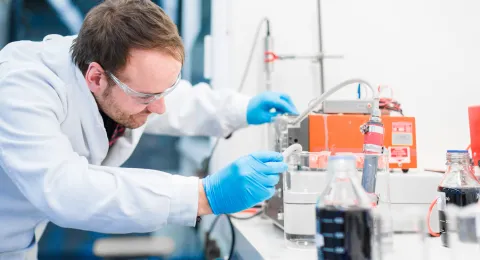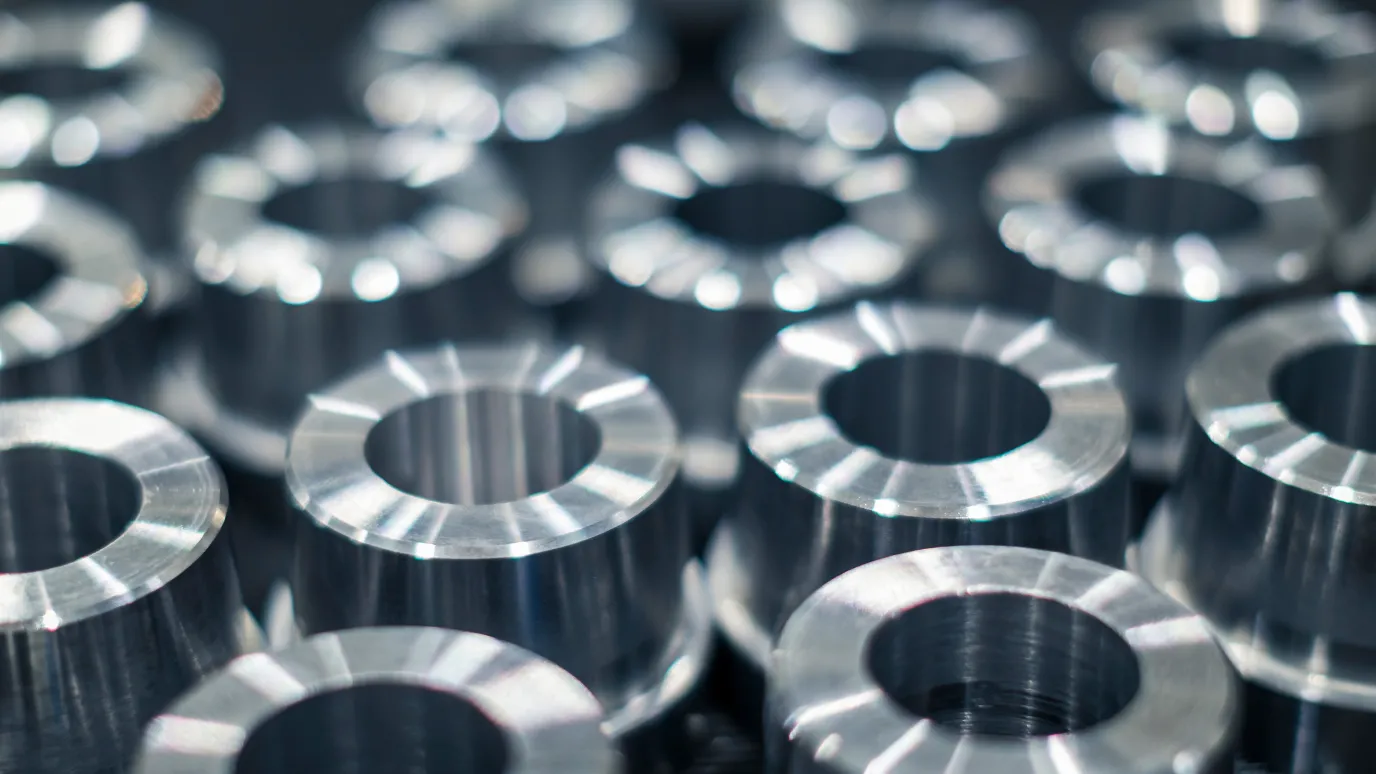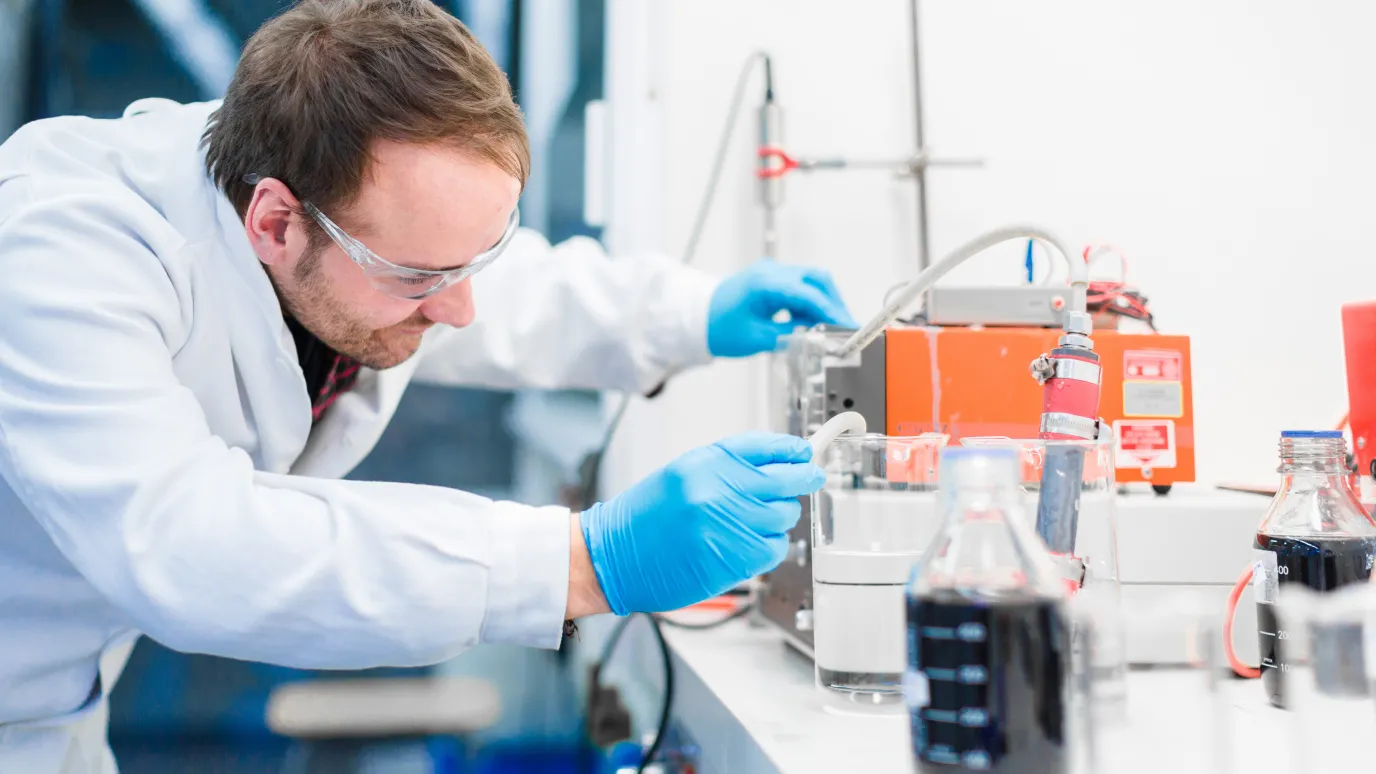Technology overview
Wood contains hemicelluloses, which could be used in manufacturing of products of which manufacturing is today based on compounds originating from oil. The recovery of hemicelluloses from wood is done by extraction, for instance with pressurised water. In the extraction also other compounds than hemicelluloses are dissolved into the wood extract. Thus, to enable the further use of hemicelluloses, they must be separated, purified and concentrated from the wood extract. This can be done with membrane filtration. However, lignin and its derivatives and small organic compounds present as impurities in the wood extract cause remarkable membrane fouling, which significantly decreases the efficiency of membrane filtration step.
It has been observed that when the produced wood extract is discharged from the extraction vessel, ligneous material precipitates all over the surfaces of the cooling system. It has also been observed that lignocellulosic materials after extraction of dissolving compounds are found to have excellent absorption properties to remove lignin from wood extracts. In this invented process the produced wood extract is discharged through the bed of extracted wood biomass and during this cooled to the appropriate filtration temperature. The cooling facilitates the precipitation of lignin compounds on the used wood biomass. The temperature gradients in the process are designed to enhance the precipitation of lignin on wood biomass: the biomass bed will be at lower temperature than the walls of the tanks. As a result of this the wood extract, which still contains the valuable hemicelluloses, is purer and is easier to concentrate with membrane filtration. Moreover, in the extracted biomass on which the extracted lignin has been adsorbed the lignin/carbohydrate ratio is higher than in virgin wood material meaning that its heating value is increased compared to the virgin wood material. Therefore, the extracted biomass on which lignin has been precipitated is most probably better raw material for pellets than virgin wood material.
Benefits
- All the wood material fed into the process can be utilised and no waste streams are produced.
- The process produces both hemicellulose fraction and pellets for energy production.
- The use of low-cost biobased (wood) adsorbents instead of the expensive oil-based polymeric adsorbents for removal of lignin
Applications
- Forest industry (biorefineries, pulp and paper industry, saw industry),
- Companies producing biobased compounds
Liitteet
Lisää aiheesta
Ota yhteyttä

Tero Lehikoinen





